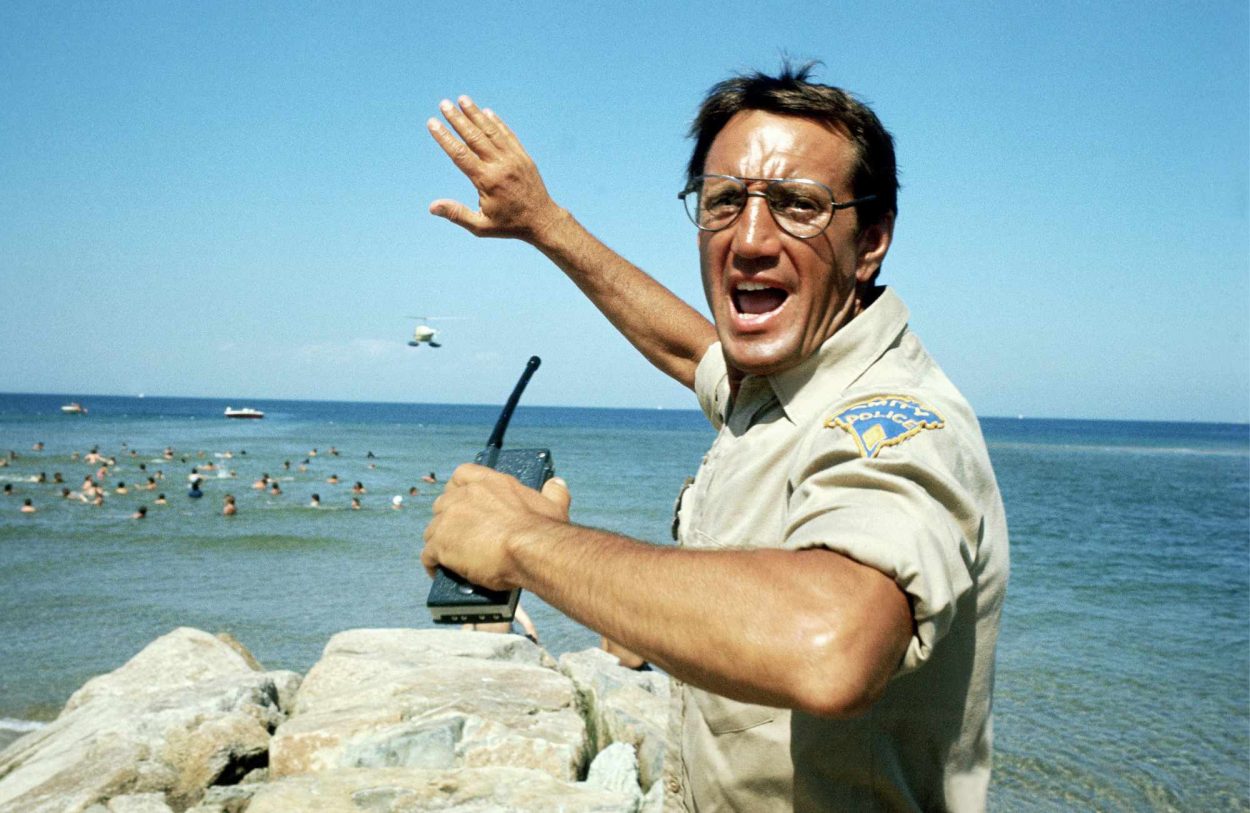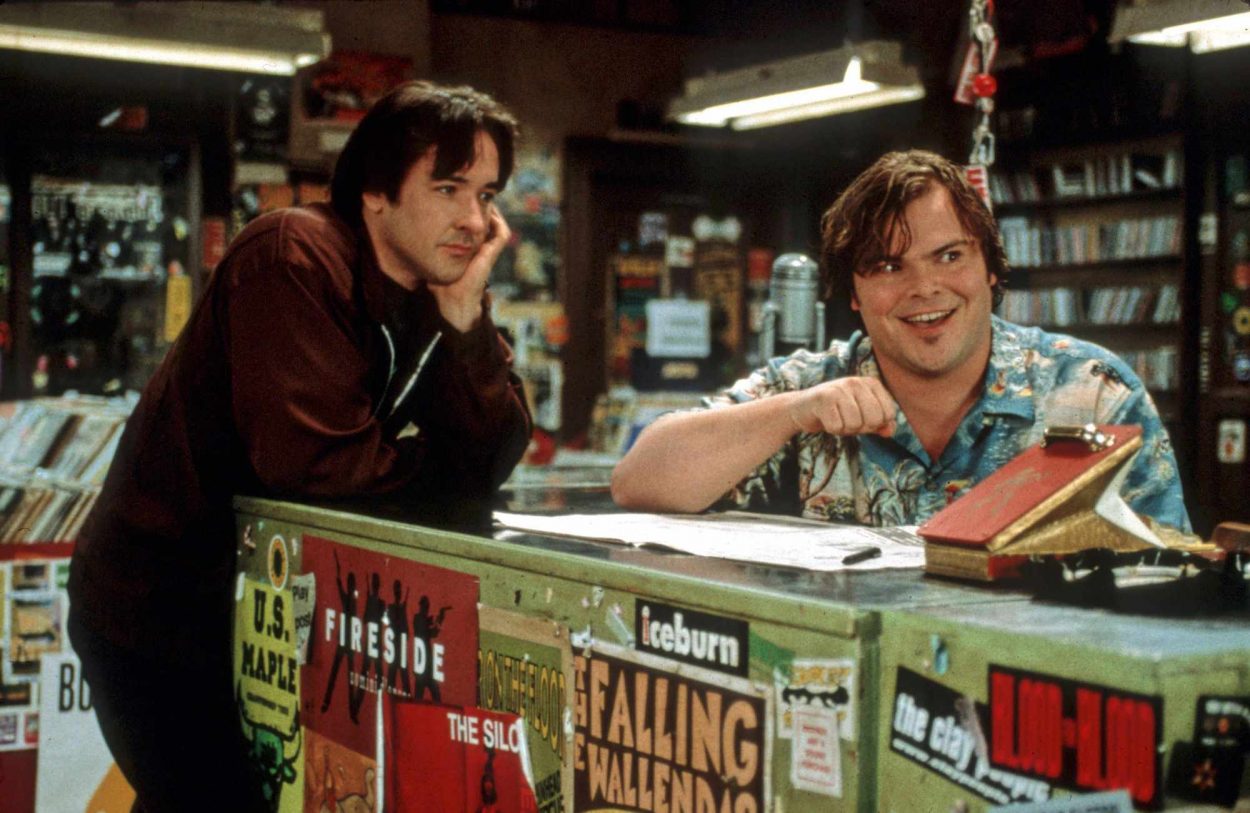The New Beverly celebrates the life and career of legendary & controversial filmmaker Michael Cimino with a retrospective in September of some of his greatest works. Year of the Dragon plays September 2 & 3.
If you’re a fan of hard boiled action, neo-noir, gangster or crime films, I suggest you meet me at the New Bev this weekend to watch Year of the Dragon (Michael Cimino, 1985). Paired on a double bill with another criminally underseen Michael Cimino film, The Sicilian (1987), this experience will blow your mind. You may have had the opportunity to engage in these works on home video, but no home entertainment system is going to compare to watching these films on 35mm in a theater with an audience. Trust me when I tell you that this will go on the list of Top New Beverly Viewings that you don’t want to miss.
In 1985, there were two American films that made Cahiers du Cinema “Top 10 List.” One was John Cassavettes’ Love Streams and the other was Michael Cimino’s Year of the Dragon. Sandwiched between Jean-Luc Godard and Ingmar Bergman, Cimino’s film was clearly a film of note. While France was celebrating Year’s unusual style and visual dynamics, back in America, we were examining it on a few other levels, all equally important.
Later named as “one of the most controversial films ever made,” Year of the Dragon was protested by the Asian American community due to what one of the actresses in the film, Emily Woo Yamasaki, wrote at the time were “unrealistic portrayals and slanderous stereotypes.” There were many protests at theaters around the country – from New York to Boston to Los Angeles and a Coalition Against Year of the Dragon was created. That Coalition influenced Frank Rothman, CEO and Chairman at MGM/UA, to announce at a LA City Council meeting that he would be putting a disclaimer at the beginning of nearly 200 prints of the film in Los Angeles and New York theaters “at great cost to the studio” (though he never said what that cost was). The disclaimer would read: This film does not intend to demean or to ignore the many positive features of Asian Americans or specifically Chinese American communities. Any similarity between the depiction in this film and any organization, association, individual or Chinatown that exists in real life is accidental.
While LA City Councilman Michael Woo recognized this event as historic, it’s significant that other Asian American activists at the time were shaking their heads at the people in their community who were ready to sit down and simply call it a day because they had won that battle. It wasn’t Year of the Dragon specifically that was the problem. It was a larger structure of representation and the Hollywood system in general that was continually hiring the Asian community to play characters that were stereotypes and not real roles. It is important that this aspect of the film’s history is recognized to see that we have not come all that far from that point. Big Studio Hollywood is still not very responsible in their representation practices.
Looking at the visual splendor that is Year of the Dragon, it would be shameful to not recognize the work of both the cinematographer and editor(s) on this incredible film. While it is certainly a detective-driven work, it is about as action packed as you can get without driving your face through a dashboard. Cimino selected Alex Thomson to be his cinematographer, giving the film an added edge. Thomson served as Nicolas Roeg’s camera operator for many years so if you came to see Petulia (Richard Lester, 1968) you may be able to see some visual similarities (even if the films are as different as night and day!). Additionally, please note the John Alton-style visuals near the train tracks towards the end. They bear a remarkable similarity to one of the best film noirs ever made, The Big Combo (Joseph H. Lewis, 1955). The editors, both women, are clearly a driving force on this motion picture. When people talk about women in film, let us all remember Year of the Dragon and Françoise Bonnet and the uncredited Noëlle Boisson. Queens of badass. To be able to cut that much tension and breathlessness into simple running scenes or visually load all the story that needed to be told within one space of time…you need to be talented. Thank you ladies!
Much like Robert Aldrich’s Kiss Me Deadly (1955) introduced the idea of Atomic Noir and that post-war paranoia in the film noir age, Year of the Dragon is part of a special subset of films that combine the neo-noir style and sensibility with a newer kind of post-Vietnam terror, loneliness and paranoia. Add the brilliance of an urban setting, corrupt forces, and you have a main character ready to lead the film and fall apart all at the same time. This is our “hero,” Stanley White, played by a young and perfectly cast Mickey Rourke.
But you’re not supposed to like him. In fact, he’s offensive and condescending and actually? He is very likely not entirely stable. One of the most dynamic things about the noir (neo or OG noir) landscape is that your protagonist can also be your antagonist. They are unreliable. At times they are monstrous and immoral human beings. As an audience member, you would rather identify with anyone else in the film except the one presented to you as your “main character.” Films like this ask more of you than a random comedy. They ask you to engage in a thought process about identification and morality study. They ask you to look at the idea of a “hero” and break it apart, perhaps shatter it for good. Engaging in hard-boiled narratives isn’t always pretty, but it’s always worth it.
If one were to trace the lineage of Year of the Dragon, it might be best to say that the parents of this film would be works like Sydney Lumet’s East-West noir, The Yakuza (1974) and Martin Scorsese’s Taxi Driver (1976). So in some ways, this film is quite out of place in 1985. This is a 70s movie that somehow lost its way and got put into production 10 years after the fact. In other ways, the extraordinarily beautiful violence (which works like an bloody and fatal ballet) is so of the 80s, it would not work anywhere else. Where else would you see a punk rock girl shooting at the hero in the middle of speeding taxis?
Stanley thinks that he is still in ‘Nam. He thinks the corrupt streets of Chinatown are another crusade and it’s another war to win. Stan’s fears are expressed in a very similar way to those who returned from WWII and found that everything was different and life had gone on without them and they were still living in that foxhole; that same post-war terror that was called forth in films like Dead Reckoning (John Cromwell, 1947), Ride a Pink Horse (Robert Montgomery, 1947) or They Made Me a Fugitive/I Became a Criminal (Alberto Calvacanti, 1947).
The great irony, of course, is that while he’s not completely wrong (of course there’s corruption! This is an action-packed gangster film!), his obsession with this war will do what it does to every noir anti-hero: destroy his world and everything in it, so what will winning or losing mean? Of course, the path to the ultimate destruction is filled with incredible explosions, a sexy girl, fights and intense confrontations, so there’s that, but we return to the existential crisis that confronts all noir figures: at the end of the day, does any of it matter?
John Lone who plays Joey Tai is really someone to look at in this film though. It is likely one of the most massive and major gangster/bad-guy performances bar none. I usually enjoy the bad guys over the good guys anyway, and this is no exception. He is my Richard Conte from The Big Combo, smooth and handsome and a total Boss. Rourke is great, but Lone is a top performance.
This film contains: punk rock gangsters, gorgeous colors, multilingual content (with subtitles), and action sequences that will raise your heartbeat to something that your general practitioner may feel nervous about. Cannot wait to see you there!


